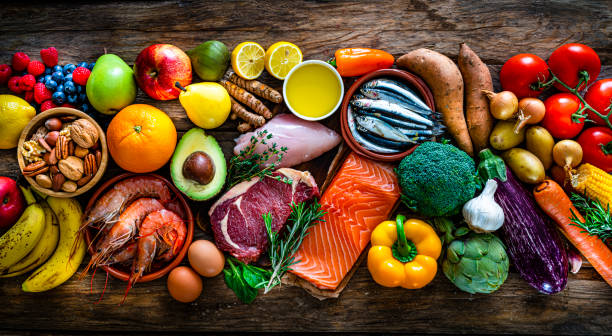
FAQ About Paleo Diet
What are some practical tips for grocery shopping on the Paleo diet?
Plan your meals: Before heading to the grocery store, plan your meals for the upcoming week. This will help you create a shopping list and ensure you have all the necessary ingredients. Consider including a variety of vegetables, protein sources, healthy fats, and any other Paleo-approved items you need.
Shop the perimeter: In most grocery stores, the fresh produce, meat, and seafood sections are located around the perimeter. This is where you'll find the majority of Paleo-friendly foods. Focus on filling your cart with fresh fruits, vegetables, meats, and fish.
Choose quality protein sources: Look for high-quality protein sources such as grass-fed or pasture-raised meats, wild-caught fish, and free-range poultry. If available, opt for organic options to minimize exposure to pesticides and antibiotics.
Load up on vegetables: Fill your cart with a variety of non-starchy vegetables like leafy greens, cruciferous vegetables, peppers, mushrooms, and zucchini. These will serve as the foundation of your meals and provide essential nutrients.
Pick seasonal and local produce: Choosing seasonal and locally sourced produce can ensure freshness and may offer better nutritional content. Plus, it supports local farmers and reduces the environmental impact of long-distance transportation.
Read labels carefully: When purchasing packaged foods, be diligent in reading labels to ensure they are Paleo-compliant. Avoid foods that contain grains, legumes, added sugars, artificial additives, or other non-Paleo ingredients. Stick to whole, minimally processed foods as much as possible.
Stock up on healthy fats: Include sources of healthy fats in your shopping list, such as avocados, coconut oil, olive oil, nuts, and seeds. These provide essential fatty acids and can be used for cooking or adding flavor to your meals.
